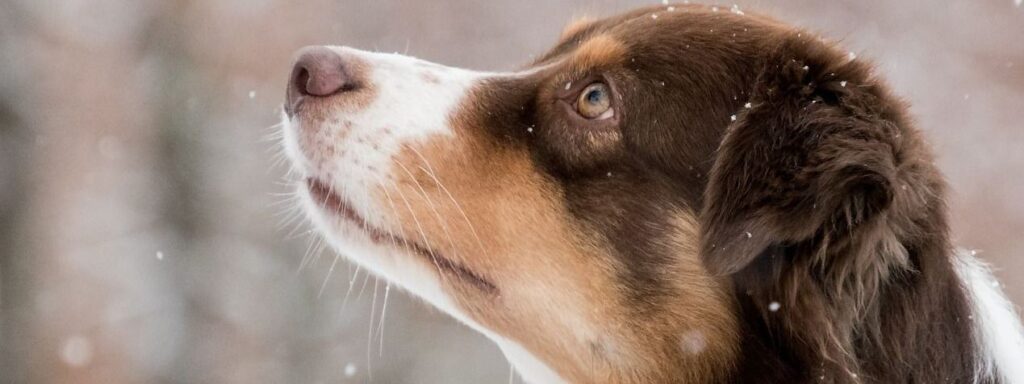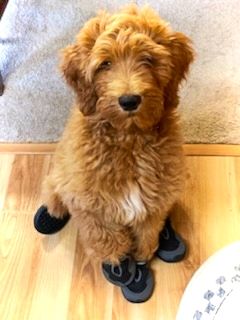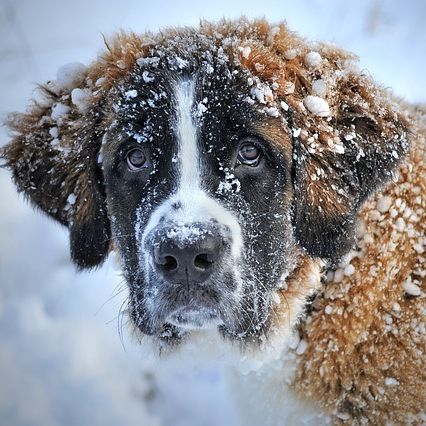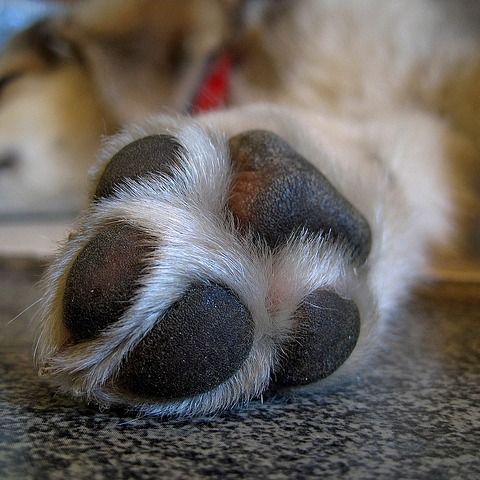
Winter is upon us and keeping our fur-babies safe is always top priority. Here are our 8 tips for winter safety to remember that might just save your dog’s life.
Do Not Fear the Gear
Your dog may hate it, but wearing extra layers makes a difference when going outdoors together.
If your dog loves to go outside even in the cold, start acclimating your dog to sweaters, coats, and/or booties.
You wouldn’t send a child outside in the cold with no coat to go play in the snow and you shouldn’t send your fur-children out either.
Both would tell you they didn’t need their coat. Both are probably wrong.
Bring them Inside
It’s a common misconception that dogs handle the cold better than us.
If it’s too cold for us, it’s too cold for them.
Dogs most at risk of hypothermia are puppies, small dogs, seniors, and short-coated dogs.
Keep outdoor trips short and minimize them if there is extreme weather.
Leash Up Around Bodies of Water
Dogs can get on top of ice that is too thin and fall through.
If your dog falls through ice, contact 911 for professional help.
DO NOT GO AFTER THEM.
If the ice was too thin for them, it is too thin for you. If you’re both stuck, you won’t be doing your dog any favors.
Keep Them Dry
Cold and wet don’t go together.
Make sure your pet is dry before going on outings and make sure they stay dry.
If normal gear like coats and sweaters are wet from previous outings, dry them before putting them back on your pet.
Dogs can get frostbite and hypothermia just like humans and adding water to that equation increases this risk.
Wipe those Paws
Ice melt, even types labeled safe for pets, can do a number on dog feet.
It can irritate skin and paw pads or cause chemical burns.
Make sure to clean feet when getting home so your dog doesn’t lick their paws due to irritation.
Ingestion of ice melt is toxic.
Signs of Hypothermia
Call your vet if you observe any of these common signs of hypothermia:
- increased heart rate followed by slow heart rate
- rapid breathing followed by progressively slower and shallower breath
- sluggishness and delayed reflexes
- depression
- paleness
- dilated pupils
- loss of consciousness
Cars are like Fridges in Winter!
Leaving your dog in a car in winter can be just as dangerous as leaving them in a hot one in summer.
Cars can trap the cold air and become like a fridge.
Don’t leave your dog in a cold car.
Talk to your Vet
Consult your vet about winter safety for your dog.
Your dog may love the cold weather and it’s important to let them enjoy it safely.
Your vet will be your best guide for your dog’s specific needs.
Even dogs who are more suited for the cold like Huskies and Malamutes still have to take some precautions.
Your vet is the best person to address questions and concerns when it comes to your particular dog.
Is your dog experiencing cabin fever?
Enroll them in training with us!
Getting your dog to use their brain muscles can wear them out faster and longer.
Message us to get started on alleviating cabin fever today.
Want to be the first to know about our events and training tips?
Sign up for our emails here!








